Modified Phrases in Modern Media Headlines
DOI https://doi.org/10.17721/2522-1272.2020.76.12
UDC 070:811.161.2:004.738.5(047)
Modified Phrases in Modern Media Headlines
Nadiya Figol, PhD. (philol. sci), Associate Professor National Technical University of Ukraine “Igor Sikorsky Kyiv Polytechnic Institute”,
Tatyana Faychuk PhD. (philol. sci), Senior Researche Fellow Institute of Linguistics O.O. Potebni of the National Academy of Sciences of Ukraine,
ABSTRACT
The Ukrainian phraseology is constantly evolving; the obsolete and infrequent phraseologisms disappear, instead the new phraseologisms appear and the traditional ones are being updated, changed and evolved. At the same time, not only the component composition of phraseological richness of the Ukrainian language is being changed, but also the understanding of the concept “phraseologism”, which determines the relevance of our research and explains its objective – to ascertain which phraseologisms are used by the media in order to attract the reader’s attention and to find out the transformations that occur with traditional phraseologisms in the modern editions. Among the methods used to conduct the research, one can mention firstly the general scientific methods: descriptive method; analysis and synthesis; typologization.
Along with general scientific methods, a modern methodology was used to study effectiveness of use of modified phrasemes in the modern media: a discourse analysis, which included the study of interrelations of the text or its unit with other elements and texts, dependence of the text on speech, social and political situation. The study also used a content analysis method aimed at collecting quantitative data about the phenomenon which allowed drawing the objective conclu-sions about the spread and use of phrasemes in the headlines complex.
The article deals with phraseologisms as an actively used language trope in the modern print and online media. It has been found out that in the modern periodicals the phraseologisms become an effective tool for attracting the reader’s attention through emotionally-expressive component. The phraseme modification processes that contribute to the relevance of these language constuc-tions are analyzed. The phraseme modification techniques are investigated: complete or partial modification of semantics, adding author’s comment, spreading a phraseologism with the help of new components. It is determined that a large part of phraseme used in online media is formed as a result of transformation of traditional stable units through spreading their compo-nent composition, complete or partial modification of semantics.
KEYWORDS: phraseologism; modified phrase; semantics; contamination.
76_12[download url=”http://www.scientific-notes.com/wp-content/uploads/2020/07/76_12.pdf” title=”Link to the article’s PDF-file”]
